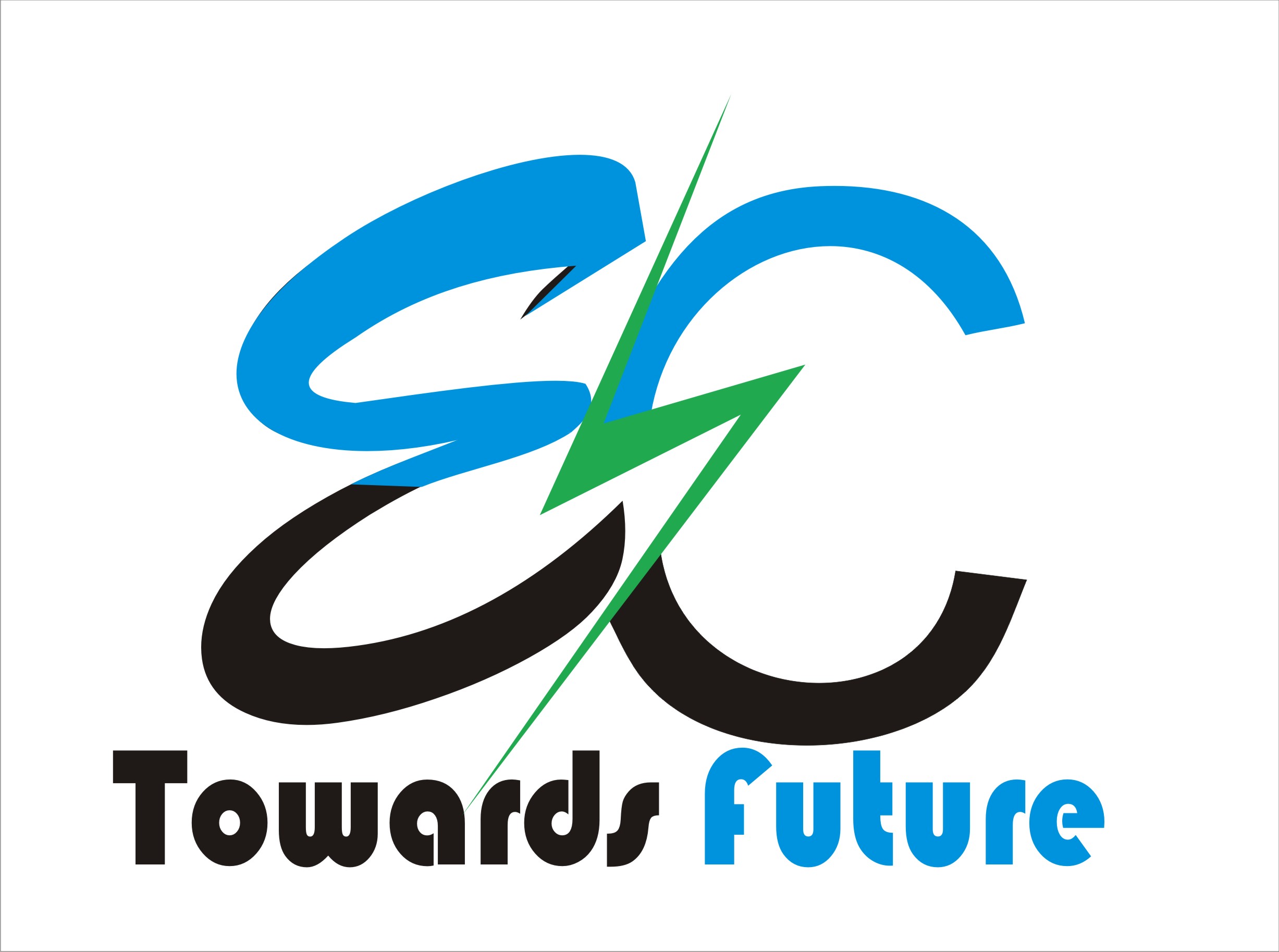Public EV charging has a reliability problem. A constant stream of reports about chargers that are difficult to use, buggy, or just plain broken has surely affected the rate of EV adoption, especially among frequent road-trippers. Fortunately, charging operators are well aware of the problems, and by all accounts, reliability is gradually improving.
Automotive data and analytics J.D. Power has confirmed the good news with some user data. The company’s U.S. Electric Vehicle Experience (EVX) Public Charging Study, now in its fifth year, measures EV owner satisfaction with public charge-point operators across 10 factors:
- ease of charging
- speed of charging
- physical condition of charging station
- availability of chargers
- convenience of the location
- things to do while charging
- how safe you feel at the location
- ease of finding the location
- cost of charging
- ease of payment
The 2025 study, conducted in collaboration with PlugShare, surveyed 7,428 owners of BEVs and PHEVs between January and June 2025. It breaks out the satisfaction ratings by region, and also provides a ranking of satisfaction levels for the leading charging providers.
The number of “non-charging visits” (when an owner visited a charger but was unable to charge their EV) has hit its lowest level in four years, J.D. Power reports, “a clear indicator that reliability and customer experience are steadily improving.”
Overall satisfaction has actually declined: satisfaction with DC fast chargers is 654 (on a 1,000-point scale), a 10-point decrease from the same period a year ago; satisfaction with public Level 2 charging has declined to 607, a 7-point decrease. However, satisfaction with charger reliability has improved. Only 14% of respondents said they had visited a charger without being able to charge their vehicle—a decrease of 5 percentage points from 2024.
The main factor in the decline in overall satisfaction is the cost of charging—respondents feel that both Level 2 and DC fast charging are too expensive.
“Part of the decrease in satisfaction is due to non-Tesla owners using Tesla Superchargers, which deliver a far less satisfying user experience relative to the costs incurred, in comparison to those of Tesla owners,” said Brent Gruber, Executive Director of the EV practice at J.D. Power. “Also, in previous years, many DC fast charging networks kept prices low as they developed their market presence, while manufacturers regularly offered free charging incentives with vehicle purchases. However, as the infrastructure market evolves and electricity rates rise, charging prices have increased significantly in some cases.”
Gruber attributes part of the increase in reliability to the influence of the National Electric Vehicle Infrastructure (NEVI) program, which established minimum reliability standards as a requirement for funding. NEVI has unfortunately become a political football (at the moment it appears to be moving down the field), but whatever happens next, the reliability and quality guidelines it established have had a positive effect on the industry.
“With or without the federal funding, NEVI guidelines have made their mark by establishing a playbook for industry success,” said Brent Gruber. “Our data shows clear improvement in the reliability and success of public charging—a promising sign of progress for the industry.”
It must also be said that the charging industry has been responsive to the tide of customer complaints—networks including EVgo have undertaken initiatives to improve their reliability, standards body SAE International is working to establish reliability standards, and organizations such as ChargerHelp and PlugShare are helping to keep consumers informed.
Source: J.D. Power


